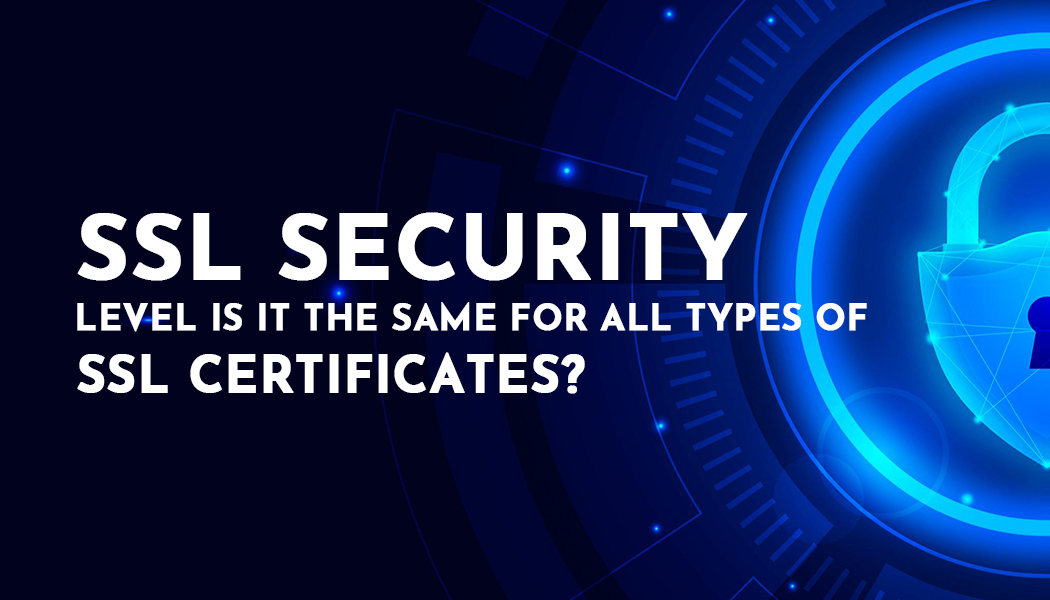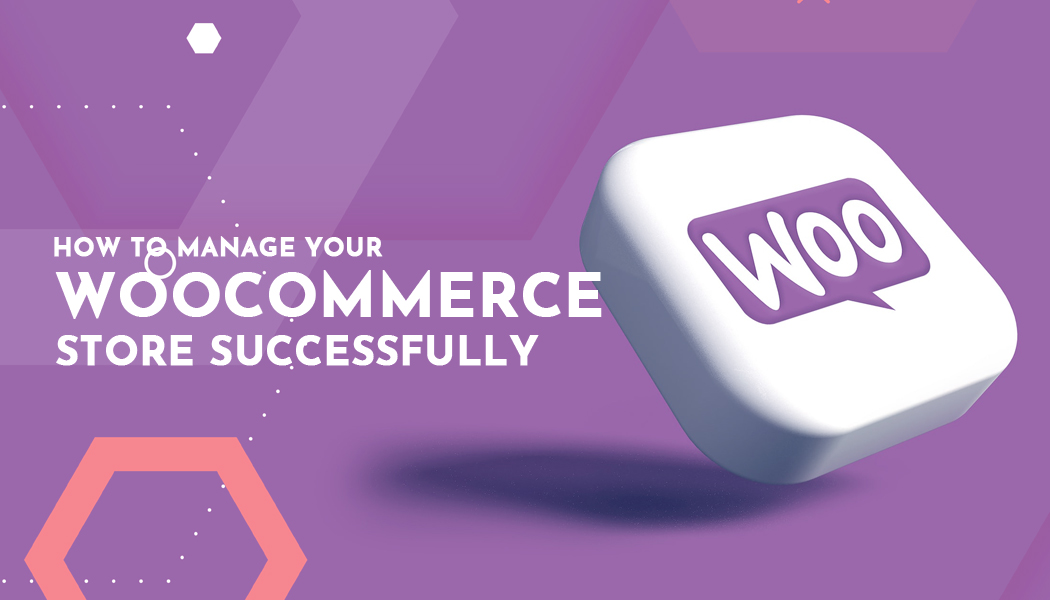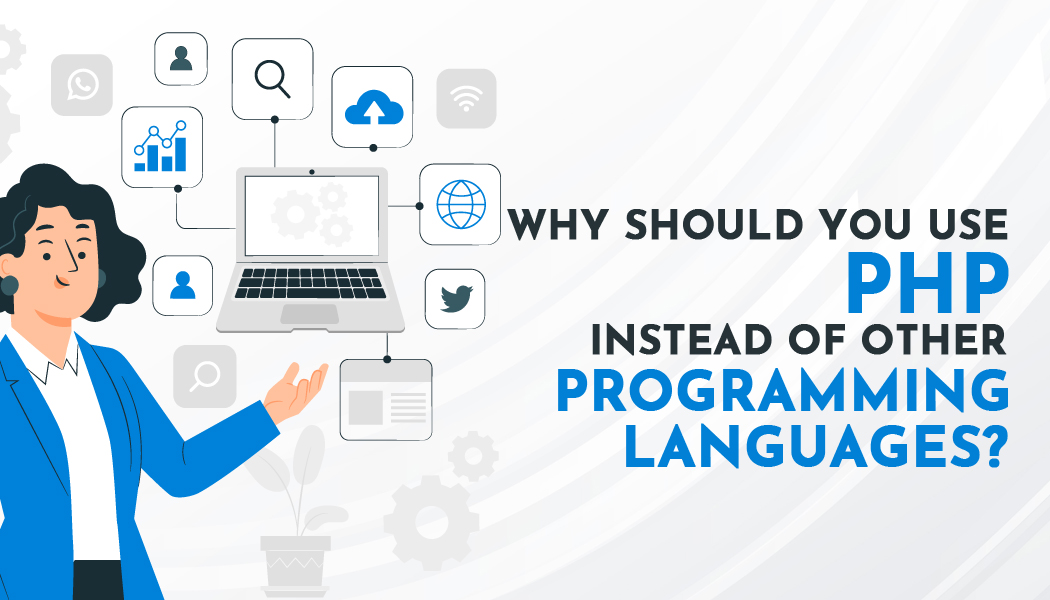SSL Security Level – Is it the same for All Types of SSL Certificates?
SSL (Secure Socket Layer) certificates are data files that allow secure connections between a web browser and a server using encryption methodology.
There are many types of SSL certificates:
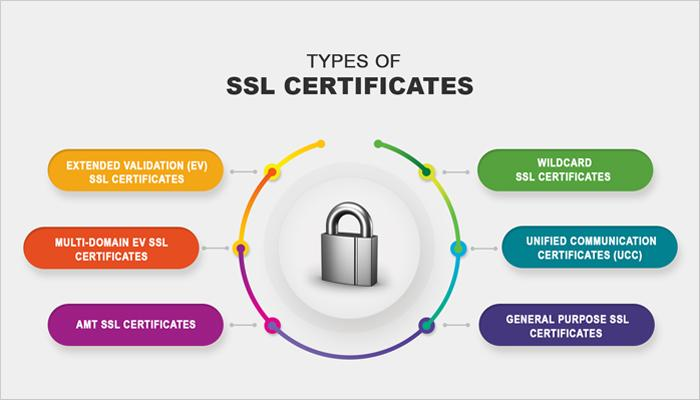
All SSL certificates are not the same. They vary according to the cases they are used in, the security they provide, and the number of domains they secure.
Based on the degree of security they provide, they can be used in small businesses, large enterprises, and for personal purposes.
SSL certificates can be broadly classified in two ways:
- Validation level
- Number of domains protected
Let’s break it down and find out more about the security levels:
Validation level
1) Domain Validation (DV)
These are the most basic SSL certificates. They can be obtained simply by providing control over either one of the DNS records file or an email.
They are usually used for a single domain requirement for bloggers, small size businesses. These certificates don’t contain your business name and don’t necessitate legal and physical validation of your business.
Most DV certificates are very cheap.
It’s usually issued in minutes.

2) Organization Validation (OV)
This is a much more secure SSL certificate. They can be used for business purposes, both small and large. It is safe to communicate personal details over the internet when you use OV certificates.
They come with a 2048-bit signature & 256-bit encryption, which makes it highly safe.

OV certificates are also powerful deterrents to cyber-attacks, and they are thus the preferred choice for many business houses.
An OV certificate also implies the legal and physical existence of a business, since both are verified by the CA (Certifying Authority) before the certificate is issued.
This type of certificate takes about 2 to 3 days to get issued.
3) Extended Validation (EV)
This has consistently been ranked as the most secure and trustworthy SSL certificate by the world’s leading enterprises and corporate houses.
When a business uses this, you can click on the padlock to reveal the name of the company to which the certificate is issued. You can check padlock, HTTPS beside the domain name as well verified business identity.

Obtaining an EV certificate is exponentially harder than getting DV or OV certificates. It also means a higher degree of scrutiny by the CA and more stringent SSL security requirements to meet.
They help businesses to boost trust in the minds of customers and to buttress their credibility in the marketplace.
They are more expensive than OV and DV certificates and can take up to 5 days to get issued.
Number of domains protected
1. Wildcard SSL

A domain name (for example, your website) can have multiple sub-domains.
For comprehensive security coverage, you need to include all the subdomains of your domain within the ambit of your SSL certificate.
That’s exactly what a Wildcard SSL helps you do. A single Wildcard certificate for a domain will secure all the sub-domains included.
You no longer have to get certificates for each sub-domain. Wildcard SSL certificates enhance overall visibility and reduce costs.
Getting different certificates for every subdomain and maintaining them is a time consuming act whereas wildcard SSL certificate allows managing only a single certificate including all subdomains.
2. Multi-domain SSL
A multi-domain SSL is also called SAN (Subject Alternative Name) certificate and UCC (Unified Communication Certificate).
In a multi-domain certificate, SAN is a field that allows you to attach additional host names to one SSL certificate. Examples of hostnames are most usually URLs and DNS (domain name system) names.
When a user tries to access a website that has a multi-domain SSL certificate, the browser validates the certificate to check if the URL matches one of the input SAN names.
If it matches, a secure connection is established. If the name doesn’t match, a connection isn’t established, and a warning may flash up.
The number of domains that these certificates secure can go up from 25 to 100.
If you’re a large enterprise and have large requirements, you could opt for multi-domain wildcard SSL certificates that secure up to 250 domains.
These are usually considered to be highly secure for enterprise-level deployment.
3. Multi-domain Wildcard SSL
This is a very powerful, all-in-one SSL certificate. With this single certificate, you can ensure security for multiple domains or websites and their subdomains, even on multiple servers.
It can secure up to 250 domains, which is 2.5 times more of the domain coverage offered by any other certificate. It also allows you to secure an unlimited number of subdomains of the covered domains.
These certificates include 256-bit encryption with a 2048-bit CSR signature. It can take few minutes to get issued.
With top-class security features, they are preferred for enterprise-wide deployment in the case of large corporate houses or where multiple domains and subdomains are functioning.
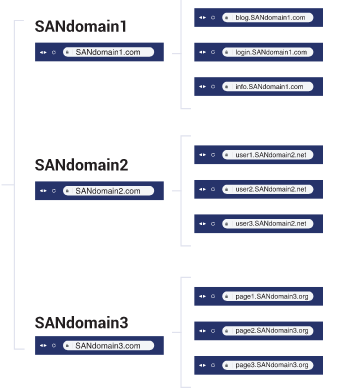
With this, you don’t need to install individual SSL certificates for every domain and sub-domain.
The 256-bit encryption makes it extremely difficult for criminals to compromise and steal data since any data sent from the client’s browser will be scrambled into a 256-character long key, which means it's nearly impossible to hack.
Wrapping-Up
An SSL certificate is no longer a luxury, but a necessity for the websites of today.
85% of organizations today have reported experiencing phishing and social engineering attacks. Over the years, an average of 300,000 cyber-crime related complaints are being received by the FBI every year.
$27 million is the annual cost incurred by the USA alone due to cyber-crime attacks.
Obtaining the right SSL certificate has become more important than ever in this scenario. They ensure end-to-end data encryption, which allows you to share sensitive information like passwords, PIN, bank details, and more without the risk of data theft.
However, you’ve also got to understand which SSL certificate is best suited to your needs.

